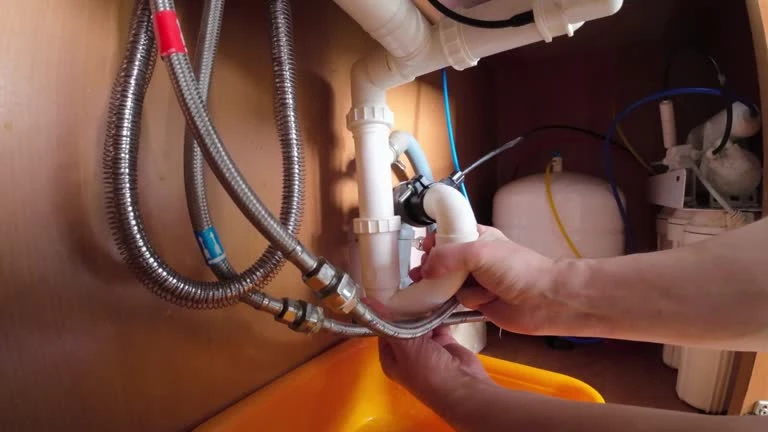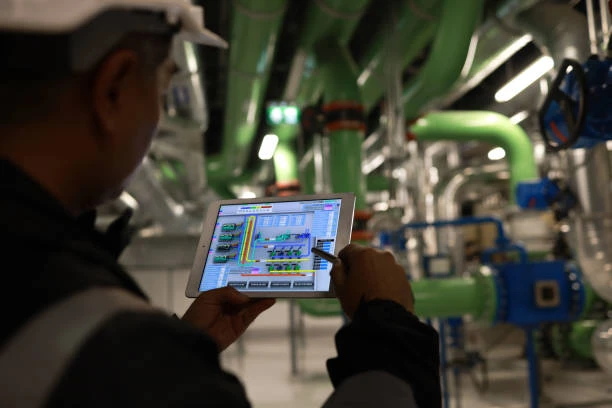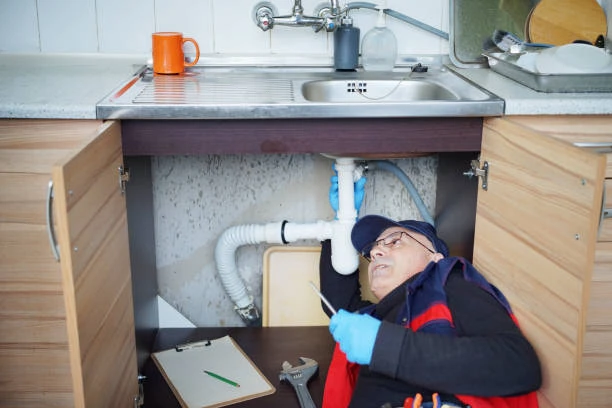1. Understanding PPR Pipe Renovation Basics
PPR pipe renovation involves upgrading or replacing old piping systems for better efficiency. This process ensures modern installations meet current plumbing standards. Assess the condition of your existing pipes before starting renovations. For example, replacing outdated metal pipes with PPR pipes improves water flow and reduces corrosion risks. Understanding renovation basics helps you plan effectively and avoid unnecessary costs.
2. Preparing for Installation
Proper preparation ensures a successful PPR pipe installation. Start by measuring the required pipe length and identifying connection points. Clean the pipes and fittings thoroughly to avoid contamination. Use appropriate tools for cutting and joining pipes. For example, a pipe cutter creates smooth edges for better connections. Careful preparation minimizes errors and ensures a seamless installation process.
3. Mastering PPR Pipe Welding Techniques
Welding creates strong, leak-free connections between PPR pipes. Use a fusion welding machine to heat and join pipes securely. Avoid overheating, as it weakens the joints. For instance, apply the correct temperature and timing based on pipe thickness. Mastering welding techniques ensures durable connections and reduces the need for frequent repairs after renovation.
4. Focusing on PPR Pipe Insulation
Insulation protects PPR pipes from temperature fluctuations and external damage. Use foam or rubber insulation to maintain consistent water temperature. During PPR pipe renovation, apply insulation to both hot and cold water pipes. For example, insulated pipes in a basement prevent freezing during winter. Proper insulation enhances system efficiency and extends the lifespan of your pipes.
5. Maintaining Water Pressure Levels
Excessive water pressure damages PPR pipes and joints. Install pressure-regulating valves to stabilize fluctuating pressure levels. Monitor the pressure using a gauge and compare it with manufacturer recommendations. For example, high-rise buildings benefit from regulated water pressure to prevent leaks. Consistent pressure management reduces stress on pipes and ensures a longer-lasting system.
6. Inspecting and Repairing PPR Pipes Regularly
Periodic inspections help identify leaks, cracks, or other damage. Check pipe joints and fittings for wear and address issues promptly. Replace damaged sections using proper tools and techniques. For instance, during a PPR pipe renovation, you may need to replace a leaking elbow joint. Regular maintenance prevents costly repairs and keeps the piping system efficient.
7. Protecting Pipes from External Factors
External factors, such as UV exposure and physical impact, can damage PPR pipes. Cover outdoor pipes with UV-resistant materials or bury them underground. Use protective casings to shield pipes from impacts in high-traffic areas. For example, covering pipes exposed to sunlight prevents material degradation. Protecting pipes from external factors minimizes damage and enhances system longevity.
8. Consulting Experts for Renovation and Maintenance
Professionals provide valuable insights during PPR pipe renovation and maintenance. Seek advice on proper materials, tools, and installation techniques. For example, a plumber can recommend the best insulation type for extreme weather conditions. Consulting experts ensures a high-quality renovation and reduces the risk of errors during maintenance. Their expertise guarantees a reliable and efficient piping system.
By following this guide, you can handle PPR pipe installation and renovation with confidence. Focus on PPR pipe renovation, insulation, and proper maintenance to ensure a durable and efficient system.
IFAN Products international standards
IFAN products strictly adhere to a comprehensive range of international standards, encompassing ISO 15874, EN 15874, ASTM F2389, DIN 8077/8078, GB/T 18742, NBR 15884, ISO 15494, EN ISO 15494, GB/T 19472, NBR 15494, ASTM 2846 (501), DIN 8079/8080 (502), ASTM F441/F441M SCH80 (503), DIN (504), DIN (505), GB/T 18993, AS/NZS 1477, CSA B137.6, NSF/ANSI 14, TIS 17-2532/1131-2535, BS 3505, BS 4346 (801), ASTM D1785 SCH40 (802), ASTM D1785 SCH80 (803), DIN (804), GB (805), GB (806), GB(901), DWV(902), ASTM D2665 (903), along with ASTM D2241, D2665, D2729, and F441/F441M series, ISO 1452, EN ISO 1452, DIN 8061/8062, GB/T 10002, AS/NZS 1477, JIS K6741, CSA B137.3, and other national and industry norms.
Connect
IFAN is a Chinese manufacturer of plastic pipes, fittings and valves with 30 years of experience. If you are interest in IFAN copper fittings, copper valves, plastic pipes and fittings, please contact us. IFAN offers you a variety of standard pipes to meet your specific needs. Click below to learn more about IFAN’s wide range of affordable and cost-effective valve products and piping system related products.
We will reply your email or fax within 24 hours.
You can call us at any time if there is any question on our production.
For more information,pls visit our webside https://waterpipefitting.com/
Pls Mailto: [email protected]
Whatsapp: + 86 19857948982














Recent Comments